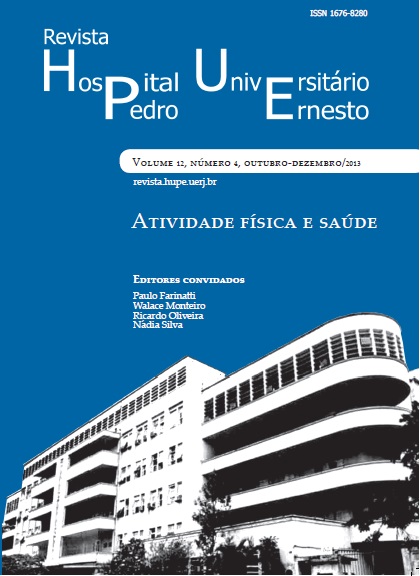Maturation assessment in children and adolescents
DOI:
https://doi.org/10.12957/rhupe.2013.8711Abstract
Maturation assessment is an important issue within sports practice by children and adolescents. In the first two decades of life, children and adolescents experience three interactive processes: growth, maturation and development. The first process refers to physical size and proportions; the second refers to skeletal, reproductive, somatic, neuroendocrine and neuromuscular functions; the third refers to cognitive, emotional, social, motor and moral issues. This text aimed to review the methods to assess the maturation of children and adolescents, describing their main characteristics, advantages and disadvantages. The maturation of the various organ systems occurs at different rates and times, leading us to conclude that the assessment of the state of biological maturity varies within the body system taken into consideration. The efficiency of a given strategy is directly linked to its ability to identify the different stages of sexual maturation. Systems most commonly used for evaluation of maturation are reproductive (sex) and somatic. Dental maturation (calcification and eruptions) is occasionally used, but tends to behave independently of the other three systems. Hormonal maturation influences all these aspects and should also be considered. However, skeletal maturity (bone age) seems to gather more advantages in determining the maturational stage of youth compared to the others, even if they are in peripuberal period.Downloads
Published
2013-12-31
Issue
Section
Artigos


